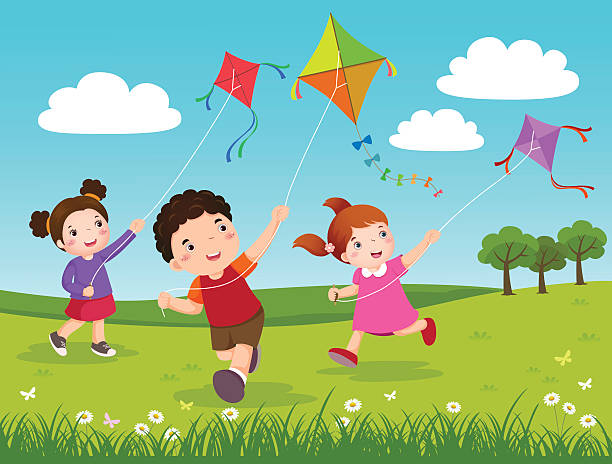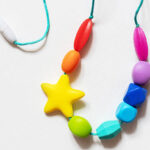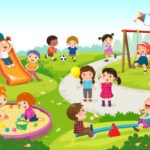Flying a kite is a timeless activity that captures the imagination of children and adults alike. For three-year-olds, it’s more than just watching colourful objects dance through the air – it’s a chance to develop essential skills, spark creativity and create lasting family memories. Choosing the right kite for a three-year-old can be overwhelming, especially for first-time parents. Between ensuring safety, ease of use and inspiring creativity, it can be hard to know where to start.
We’ve put together a comprehensive guide that explores the best kites for 3 year olds, provides practical flying tips and includes a fun kite-making craft to make your toddler’s day one to remember. With a focus on safety, ease and fun, we’ll help you explore the world of kites for children, ensuring your little one has a joyful experience. You’ll discover how the right kite for children can turn windy days into happy memories, while supporting your child’s development.
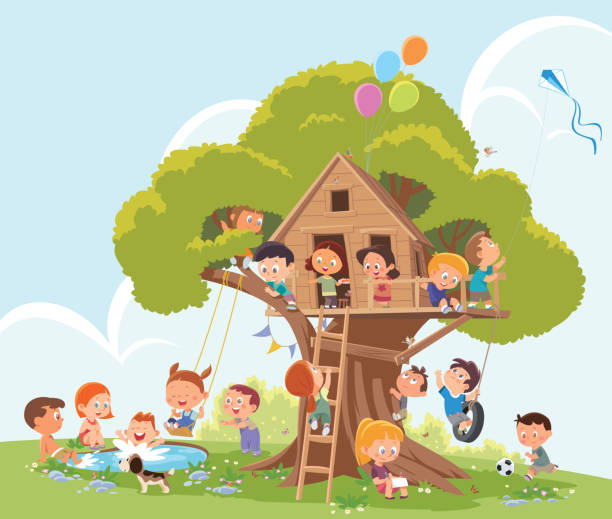
Why Kite Flying Is More Than Just Play for Toddlers
Kite flying isn’t just about fun—it fosters development in balance, hand-eye coordination, and sensory awareness. For toddlers especially, simple outdoor activities are crucial for physical and emotional growth. At three years old, children are at a pivotal stage of development, honing their motor skills, learning to follow instructions, and beginning to grasp cause-and-effect relationships.A lightweight kite kids can manage on their own builds early independence while giving you a chance to bond.
Key Benefits:
- Physical Activity: Handling a kite string improves fine motor control.Running, jumping, and moving to launch and control a kite helps develop gross motor skills and encourages exercise, which is vital for a toddler’s physical health.
- Confidence Boosting: Successful flight gives toddlers a sense of accomplishment.Decorating a kite allows your child to express their artistic side, fostering imagination and creativity.
- Outdoor Playtime: Encourages a break from screens and indoor routines.
- Hand-Eye Coordination: Manipulating the kite string and controlling its movements enhances fine motor skills and coordination, key developmental milestones for three-year-olds.
- Problem-Solving Skills: Figuring out how to launch and keep a kite aloft teaches patience, persistence, and critical thinking.
- Educational Benefits: Kite flying introduces basic concepts of aerodynamics, such as lift, drag, and wind dynamics, in a fun and engaging way.
- Family Bonding: Collaborating with parents to assemble, launch, and fly a kite creates shared moments that strengthen family ties and create lasting memories.
✅ According to Parenting Science, outdoor play significantly improves focus and physical coordination in toddlers.
What Makes a Kite Perfect for a 3-Year-Old?
When selecting a children’s kite for your toddler, prioritize simplicity, safety, and visibility.
Essential Features to Look For:
| Feature | Why It Matters |
|---|---|
| Lightweight Material | Easier for small hands to hold and lift. |
| Single String Design | Reduces tangling and confusion. |
| Bright Colors | Enhances visual tracking and excitement. |
| Soft Edges | Prevents accidental cuts or bruises. |
| Pre-assembled Option | Ideal for busy or inexperienced parents. |
Recommended Examples:
- Melissa & Doug Easy Flyer: Designed for toddlers, with no assembly required.
- In the Breeze Rainbow Kite: Durable and colorful, easy for small kids to fly.
Choosing the right toddler kite requires careful consideration to ensure it’s safe, easy to use, and fun. Here are the key factors to keep in mind when selecting children’s best kites for 3 year olds:
- Ease of Use: Opt for single-line kites, which are simpler to control than dual-line or stunt kites. Kites that require minimal or no assembly are ideal for young children and busy parents.
- Durability: Toddlers can be rough with toys, so choose kites made from sturdy materials like ripstop nylon or polyester, which can withstand crashes and rough handling.
- Safety: Ensure the kite has no sharp edges or parts that could harm your child. The string should be short enough to be manageable but long enough to allow the kite to fly.
- Size and Weight: Lightweight kites are easier for toddlers to handle and launch, reducing frustration during play.
- Stability: Kites with tails or wide designs, such as delta or diamond shapes, are more stable and easier to fly, making them perfect for beginners.
- Wind Range: Select a kite designed for light to moderate winds (5-15 mph), as these conditions are ideal for young children and easier to manage.
For example, a study from the American Kitefliers Association highlights that single-line kites, particularly delta and diamond shapes, are best for young children due to their stability and ease of use. By prioritizing these features, you can ensure your toddler has a fun and frustration-free kite-flying experience.

Top Recommended – Best Kites For 3 Year Olds
To help you find the best kites for 3 year olds online, we’ve curated a list of top picks based on expert reviews, parent feedback, and suitability for toddlers. These kites are available for purchase and designed to be safe, stable, and easy to fly.
| Kite Name | Type | Dimensions | Wind Speed Range | Line Length | Features | Purchase Link |
|---|---|---|---|---|---|---|
| Fox Diamond Kite | Diamond | 32 x 32 inches | 3-25 mph | 328 feet | Easy to fly, stable with a tail, ideal for light winds | Buy here |
| Delta Kite | Delta | 32 x 63 inches, 9.8 ft with tails | 5-18 mph | 300 feet | Overall best, stable with tails, great for beginners | Buy here |
| Dragon Delta Kite | Delta | 82 x 47 inches | Not specified | 328 feet | Large, visually appealing, flies well with supervision | Buy here |
- Fox Diamond Kite: This adorable fox-themed kite is made of ripstop polyester, ensuring durability. Its wide wind range (3-25 mph) makes it versatile for various conditions, and the long tail ensures stability, making it a great first kite for toddlers. Parents praise its ease of use and vibrant design.
- Delta Kite: Noted as the overall best choice, this kite features a delta shape with tails for added stability. It’s lightweight and easy to launch, making it ideal for three-year-olds with parental assistance. Its 300-foot line allows for high flights while remaining manageable.
- Dragon Delta Kite: This larger kite is visually striking and flies well even for young children, though it requires adult supervision due to its size. Its durable construction and long line make it a favorite for family outings.
These kids’ kites for sale are perfect for sparking joy and excitement in your toddler’s outdoor adventures.
Crafting a Kite with Your Toddler: Make Your Own Kite
For parents who love crafts, making a kite for their children is a rewarding activity that fosters creativity and a sense of achievement. This simple paper kite craft is perfect for three-year-olds to make a practical kite using everyday materials with the help of their parents.
Materials Needed:
- 8.5″x11″ piece of paper (card stock preferred for sturdiness)
- Wooden skewer or straight drinking straw
- Kite string (light but strong, like quilting thread)
- Ribbon (surveyors tape is ideal for a lightweight tail, 6-10 feet long)
- Scissors
- Tape
- Hole punch or a tool to make a small hole
- Markers, stickers, or lightweight decorations
Steps:
- Fold the Paper: Fold the paper in half so the shorter ends meet, creating a crease down the middle.
- Mark Points: On the folded side, mark a point 1 inch from the top. On the open side, mark a point 1 inch from the bottom. Imagine or draw a line connecting these points.
- Fold the Top Corner: Fold the top corner of the paper down along the imagined line to form a wing-like shape.
- Flip and Fold the Other Side: Turn the paper over and fold the other side to match the first fold, creating a symmetrical shape.
- Tape the Seam: Flip back to the first side and tape along the middle seam to secure the folds.
- Add the Skewer: Lay the skewer or straw across the kite from one corner to the opposite corner and tape it in place. Trim any excess if necessary.
- Straighten the Spine: Flip the kite over and ensure the skewer or straw forms a straight spine for stability.
- Attach the String: Mark a spot about one-third down the spine, 0.5 inch from the edge. Tape over this spot for reinforcement, punch a hole, and tie the kite string securely with a strong knot.
- Add the Tail: Tape a 6-10 foot ribbon to the bottom of the kite to act as a tail for stability. Trim if the kite feels too heavy during testing.
- Decorate: Let your toddler decorate the kite with markers, stickers, or other lightweight embellishments to make it their own.
This kite craft for kids is simple enough for young children to participate in with guidance, and the act of decorating it can spark their creativity. Once complete, take it outside to test its flight, celebrating your toddler’s creation as it soars.
🎨 Bonus: Making a kite can be a gateway into early STEM education—talk about shapes, wind, and balance.

Should You Buy or Make a Toddler Kite?
| Option | Pros | Cons |
|---|---|---|
| Buy | Ready to fly, high-quality materials | May lack personalization |
| DIY | Affordable, educational, customizable | May not last as long outdoors |
If you’re short on time or seeking durability, buying a kids kite for sale is ideal. If you want a sensory and creative indoor activity, making a kite craft for kids is an enriching option.
How to Fly a Kite with Your Toddler
Flying a kite with a three-year-old is a delightful bonding experience, but it requires patience and careful supervision. Here’s a step-by-step guide to ensure a successful kite-flying adventure:
- Choose the Right Day: Select a day with light to moderate winds (5-15 mph). You can check a weather app or observe if leaves and small branches are moving gently, indicating ideal conditions.
- Find an Open Space: Choose a location free from obstacles like trees, power lines, buildings, or roads. Parks and beaches are excellent choices for safe kite flying.
- Prepare the Kite: Assemble the kite indoors if needed, ensuring all parts are secure and the string is untangled. Check for any damage that could affect flight.
- Launch the Kite: Have your toddler hold the kite by the bridle (the strings connecting the kite to the flying line) while you hold the string, or vice versa. Walk or run into the wind to lift the kite into the air. For very young children, you may need to launch the kite and then hand them the string.
- Control the Kite: Teach your child to pull the string gently to make the kite climb and release it to let it descend. Keep the string taut but not overly tight to maintain control.
- Supervise Closely: Stay with your child at all times to prevent accidents, such as the kite diving or the string getting tangled. Be ready to assist if the kite starts to lose altitude.
For added fun, try simple games like seeing how long your toddler can keep the kite in the air or encouraging them to run in different directions to make the kite dance. These activities keep the experience engaging while reinforcing motor skills.
Safety Tips for Flying Kites with Young Children
Safety is paramount when flying kites with young children. Here are essential tips to ensure a safe and enjoyable experience:
- Choose a Safe Location: Fly kites in open areas like parks or beaches, far from power lines, trees, roads, and airports. These obstacles can cause accidents or damage the kite.
- Avoid Stormy Weather: Never fly a kite during rain, thunderstorms, or high winds (above 25 mph). Wet strings can conduct electricity, and lightning poses a severe risk.
- Use Non-Conductive String: Opt for cotton, linen, or nylon string, and avoid metallic or wet strings to prevent electric shocks if the kite contacts power lines.
- Supervise at All Times: Always stay with your toddler during kite flying to prevent accidents, such as tripping, tangling in the string, or the kite crashing.
- Be Mindful of Others: Avoid flying near people, animals, or nesting birds to prevent distress or injury. Be cautious of line burns from larger kites and consider wearing gloves if needed.
- Check Equipment: Ensure the kite and string are in good condition before flying to avoid unexpected failures.
By following these guidelines, you can create a safe environment for your toddler to enjoy kite flying without worry.
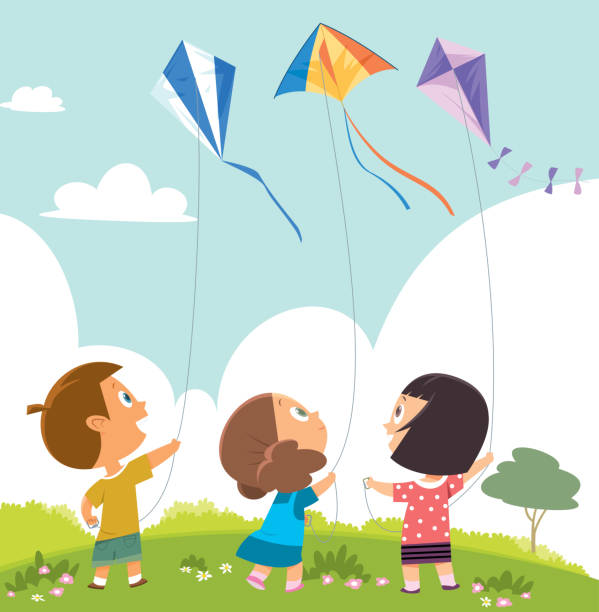
Where to Buy Kids Kites for Sale: Trusted Online Options
We Recommend The Top-Rated Online Retailers:
- Amazon: Extensive selection and reviews
- Fat Brain Toys: Focused on developmental toys
- Melissa & Doug Store: Known for toddler-safe, educational products
Pro Tip: Read reviews before buying to find out how easy the kite is to set up and how durable it is. Considered safety, ease of use, and fun for children.
Unleash The Joy Of Flying The Best Kites
Flying a kite is more than just a fun pastime; it’s a gateway to learning, growth, and family connection. Choosing the right kite for your child, following safety guidelines, and perhaps making a kite together can create memorable moments that spark joy and growth. Whether you buy a ready-made children’s kite or make your own, the key is simplicity, safety, and joy. The best kites for toddlers aren’t about perfect design, but about creating precious outdoor time.
As a new parent, you’re not just choosing a toy. So on a breezy day, grab a kite, head out to an open field, and let the wind lift your spirits! It opens the door to curiosity, learning, and laughter.
🪁 Let the wind carry their joy—one string at a time.
Citations
